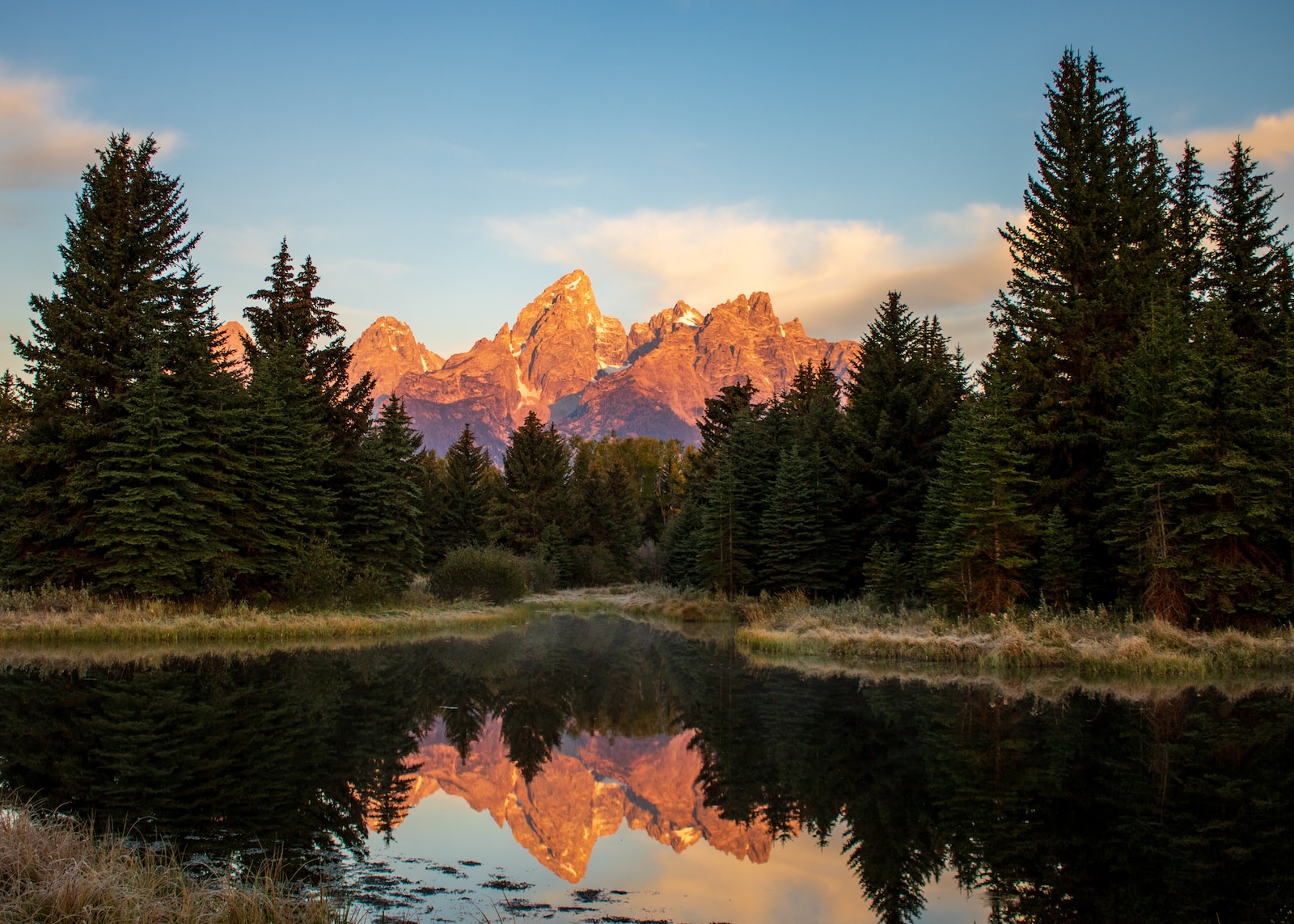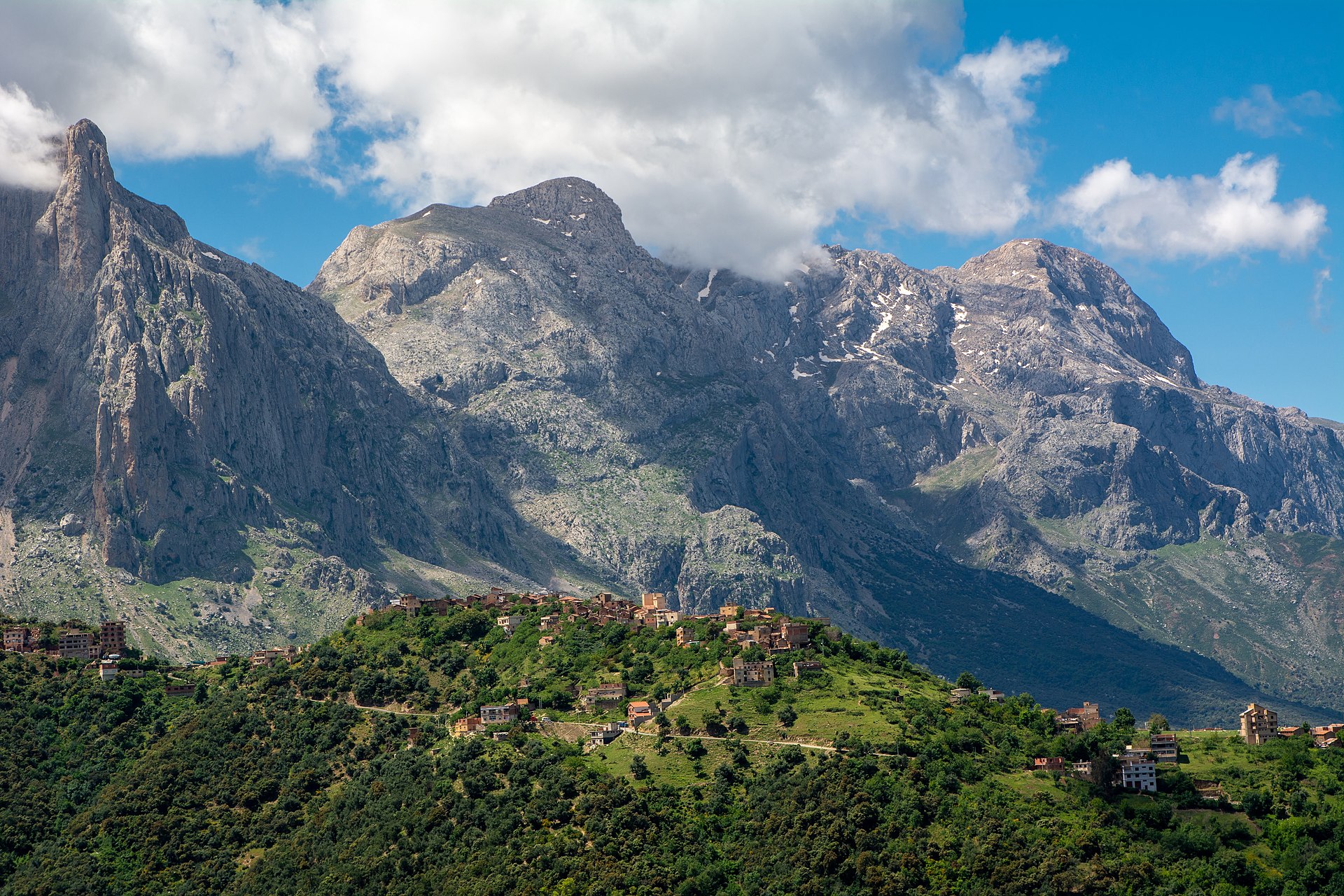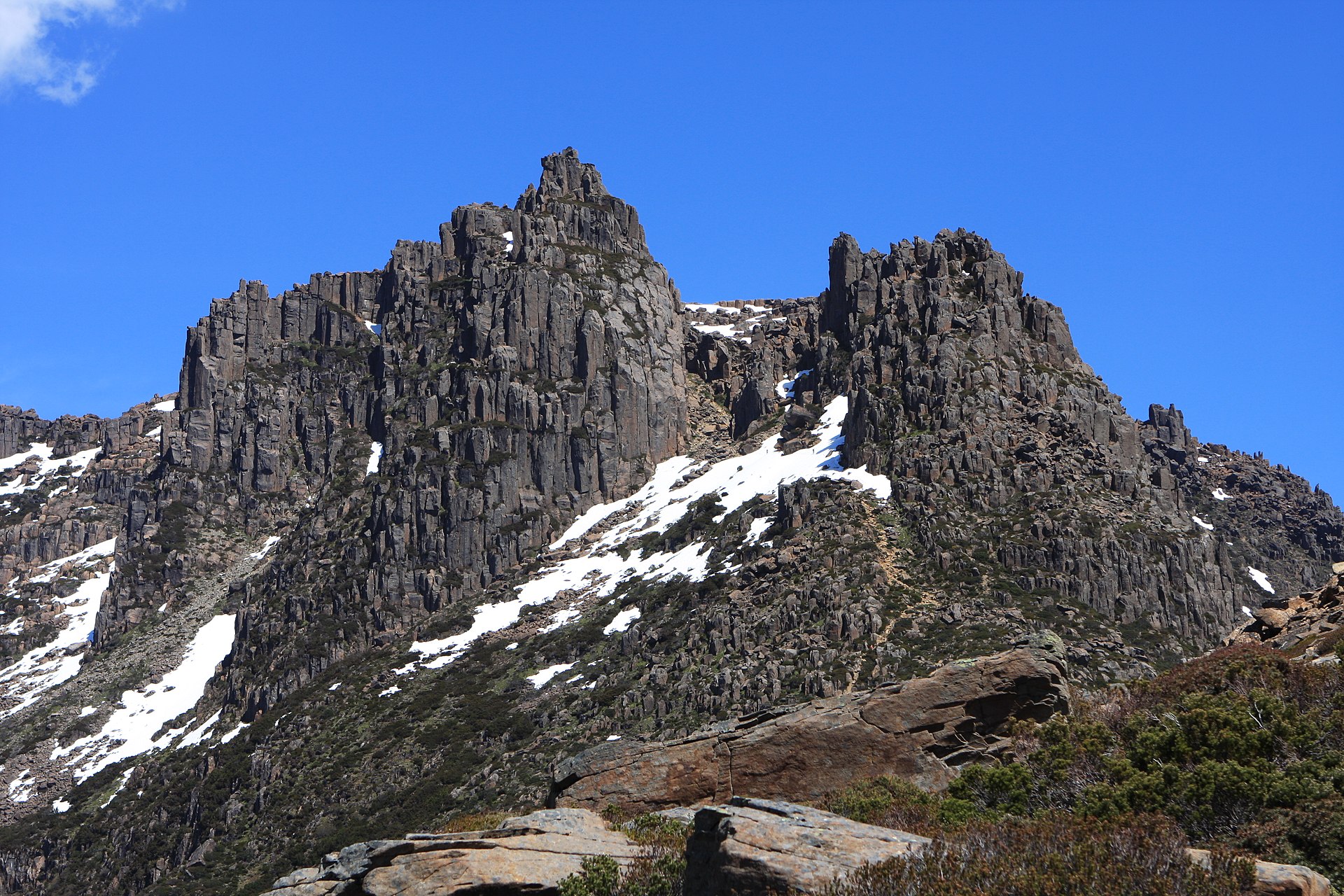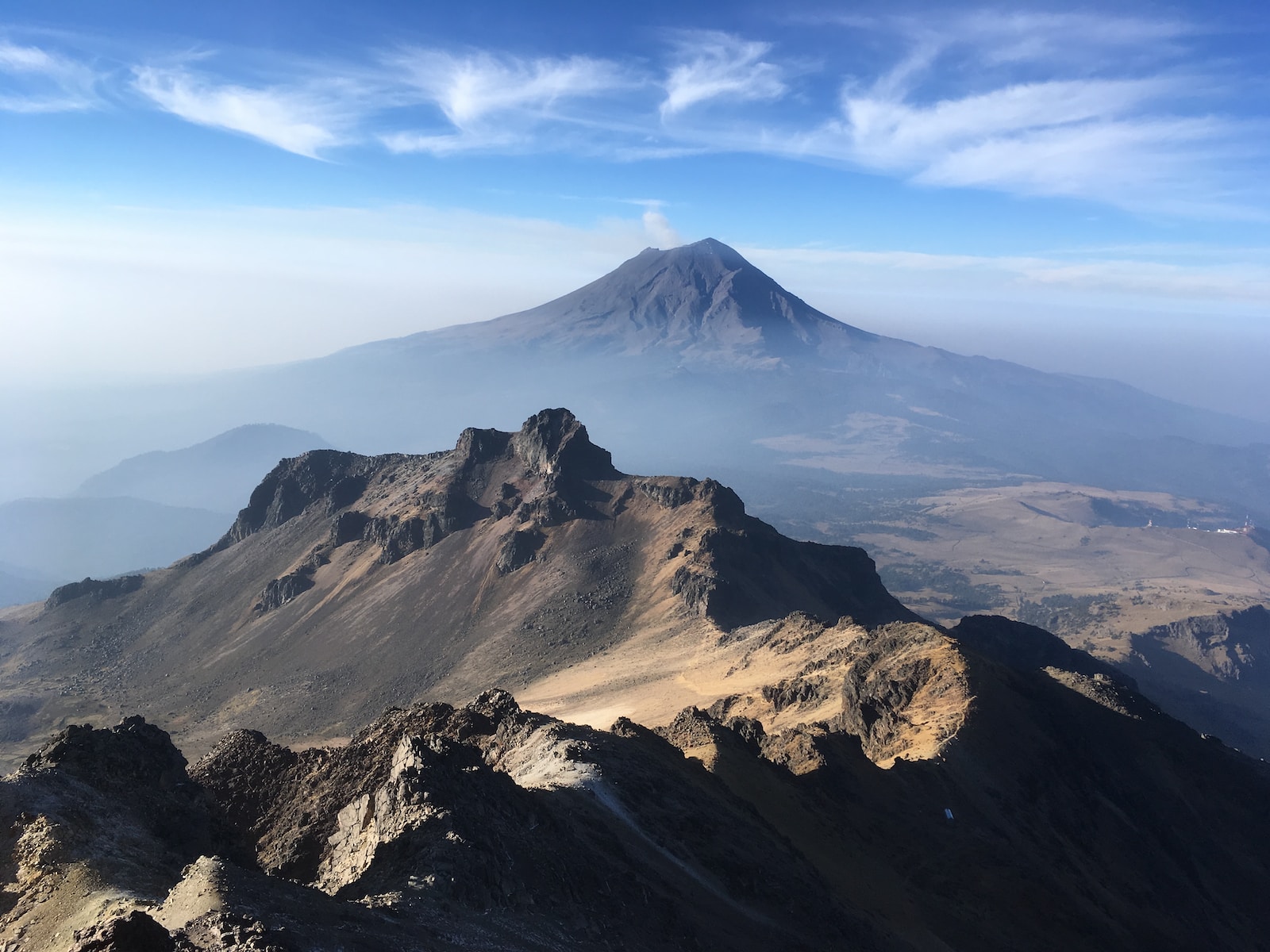Welcome to “The Prominent Peaks of Grand Teton” blog! Get ready to embark on a breathtaking journey through the stunning landscapes and unique wildlife of the Grand Teton National Park. This blog will not only take you on an adventure to explore the majestic peaks of the Teton Range but also provide insights into the art of mountain and wildlife photography. Discover the secrets of capturing awe-inspiring moments and unleash your creativity in this pristine natural locale.
Table of Contents
Discover the Grandeur of Grand Teton
Grand Teton is a prominent mountain located in the Rocky Mountains of North America. It is situated in the U.S. state of Wyoming, within Grand Teton National Park. Grand Teton is part of the Teton Range, which is a subrange of the Rocky Mountains. It is known for its stunning alpine scenery, rugged peaks, and outdoor recreational opportunities. The summit of Grand Teton stands at an elevation of 4,199 meters (13,775 feet) above sea level, making it one of the tallest peaks in the Teton Range and a popular destination for mountaineers and climbers. The area around Grand Teton is also famous for its hiking, camping, wildlife viewing, and scenic photography.
The Teton Range: A Mountain Paradise
Immerse yourself in the grandeur of the Teton Range, a rugged and awe-inspiring mountain chain that dominates the skyline of the Grand Teton National Park. Towering peaks, carved by glaciers, pierce the sky, creating an unforgettable landscape that has attracted adventurers and nature lovers for centuries. From the iconic Grand Teton to the lesser-known, yet equally breathtaking, peaks, each mountain offers a unique experience waiting to be explored.
Exploring Grand Teton’s Pristine Alpine Lakes
As you traverse the park, don’t miss the opportunity to admire and photograph the pristine alpine lakes that dot the rugged terrain. The crystal-clear waters of lakes such as Jenny Lake, Bradley Lake, and Taggart Lake reflect the surrounding mountains, creating picture-perfect scenes that will leave you in awe. Take a leisurely hike or paddle across the serene lakes to witness the beauty up close and capture nature’s masterpiece through the lens of your camera.
Wildlife Encounters in the Tetons
The Grand Teton National Park is not only a paradise for landscape photographers but also for those seeking to capture the beauty of wildlife in its natural habitat. From the elusive wolves and majestic elk to the playful otters and soaring eagles, the park is home to a diverse range of animals. Explore the park’s abundant wildlife through guided tours or venture out on your own to capture those intimate moments that will forever be preserved in stunning photographs.
The Grand Teton, the tallest peak in the Teton Range, reaches an impressive height of 13,775 feet above sea level, making it a mecca for mountain climbers and photographers alike.
Composition and Perspective
Learn the art of capturing captivating photographs by mastering the techniques of composition and perspective. Discover how to frame the grand peaks of the Tetons against the dramatic sky or use leading lines to draw attention to the wildlife in their natural habitat. By understanding the principles of visual storytelling, you can create images that not only depict the beauty of the landscapes but also evoke emotions and leave a lasting impression on the viewer.
Lighting and Timing: Creating Magical Moments
Unleash the power of lighting and timing to elevate your mountain and wildlife photography to the next level. The soft morning light casting a warm glow on the peaks or the golden hour painting the sky in magnificent hues can transform an ordinary scene into something extraordinary. Discover the secrets of capturing those magical moments and learn how to anticipate the perfect lighting conditions to truly capture the essence of the Grand Teton National Park.
Preserving the Wild: Ethical Wildlife Photography
While capturing stunning wildlife images is exhilarating, it is essential to prioritize the well-being and conservation of the animals. Understand the ethical considerations of wildlife photography and learn how to approach and photograph animals without disturbing their natural behavior. By following ethical guidelines, you can play a role in preserving the wild and promoting a greater appreciation for the delicate balance of nature.
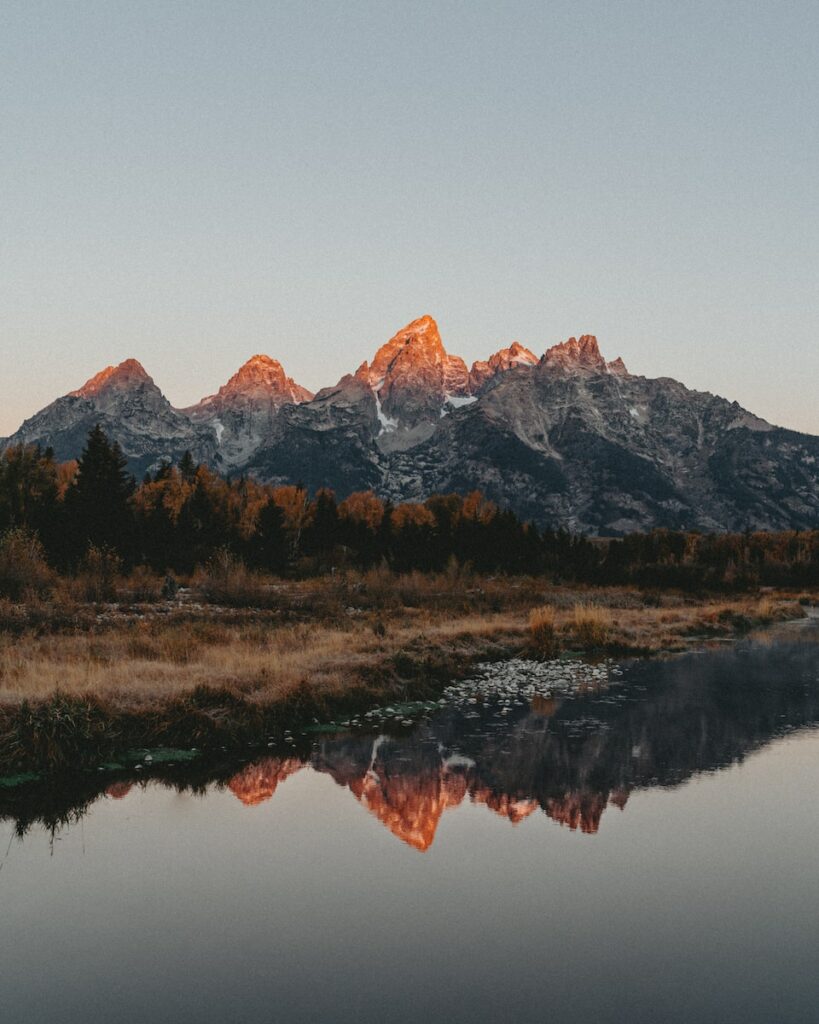
A How-To Guide for Capturing the Grandeur of Grand Teton
Are you ready to embark on a breathtaking adventure in the heart of the United States, where the rugged beauty of the Teton Range meets the art of landscape and wildlife photography? Look no further than the iconic Grand Teton National Park. From its prominent peaks to its incredible wildlife, this natural wonderland offers endless opportunities for photographers to capture stunning images.
Choose the Right Gear
Before setting foot in Grand Teton, it’s essential to choose the right gear to ensure you can capture those awe-inspiring shots. A sturdy DSLR camera with a wide-angle lens is a must-have, as it allows you to capture the vast expanse of the landscape. Don’t forget to pack a tripod to ensure sharp, well-composed images, particularly during low-light conditions.
Master the Art of Composition
In such a visually striking location, composition plays a significant role in creating captivating photographs. Remember the rule of thirds, placing key elements of your image along imaginary lines that divide the frame into thirds horizontally and vertically. Experiment with different perspectives, incorporating leading lines, foreground elements, and layers to add depth and visual interest to your shots.
Timing is Everything
The Teton Range is known for its ever-changing weather conditions, which can dramatically impact the mood and lighting of your images. To capture the enchanting light of sunrise or sunset, plan your shoots accordingly. The soft golden light during these times adds a magical touch to your photographs, casting warm hues over the rugged peaks and pristine lakes.
Keep Wildlife Etiquette in Mind
One of the unique aspects of Grand Teton National Park is its diverse wildlife population. While capturing photographs of these majestic creatures is exciting, it’s essential to prioritize their well-being and safety. Always maintain a safe distance from wildlife, respecting their space and natural behavior. Remember, you are a guest in their habitat.
Explore Off the Beaten Path
While iconic spots like Snake River Overlook and Oxbow Bend offer breathtaking views, don’t limit yourself to the popular tourist destinations. Embrace your sense of adventure and explore lesser-known areas within the park. Hidden gems like Jenny Lake and Cascade Canyon present endless opportunities to capture unique shots and create a truly personalized photography experience.
Practice Patience and Perseverance
Photography often requires waiting for the perfect moment or returning to a location multiple times to capture the best conditions. Embrace the challenges that come with shooting in a dynamic environment like Grand Teton. Be patient, adapt to changing weather conditions, and persevere until you achieve the shots that reflect the grandeur of this magnificent landscape.
So, if you’re ready to embark on an unforgettable photography adventure amidst the towering peaks and captivating wildlife of Grand Teton National Park, pack your gear, sharpen your skills, and let the transformative beauty of this natural wonderland inspire your creative spirit.
Frequently Asked Questions
1. What is the best time of year to visit Grand Teton?
The best time to visit Grand Teton is during the summer months, from June to September. This is when the weather is most pleasant, and the wildlife is most active. However, if you are interested in winter sports or photography, the winter months offer a unique and stunning experience.
2. Can I see wildlife in Grand Teton National Park?
Yes, Grand Teton National Park is renowned for its diverse wildlife population. You can spot animals such as moose, elk, bison, bears, and even wolves. Make sure to bring your camera and binoculars to capture these remarkable creatures in their natural habitat.
3. Are there hiking trails in Grand Teton?
Absolutely! Grand Teton offers a wide range of hiking trails for all skill levels. From easy nature walks to challenging summit hikes, you can explore the park’s breathtaking landscapes on foot. Just remember to come prepared with proper hiking gear and to follow park regulations.
4. Can I explore Grand Teton by car?
Yes, driving through Grand Teton is a popular way to experience the park’s beauty. The main road, known as the Teton Park Road, provides stunning scenic views of the Teton Range. There are also pullouts and viewpoints along the road where you can stop to take pictures or simply admire the scenery.
5. Are there camping options in Grand Teton?
Absolutely! Grand Teton offers several campgrounds where you can immerse yourself in the natural surroundings. Whether you prefer a developed campground with amenities or a more primitive experience in the backcountry, there are options available for all types of campers.
6. What photography opportunities does Grand Teton offer?
Grand Teton is a paradise for landscape and wildlife photographers. The majestic peaks, pristine alpine lakes, and abundant wildlife provide endless opportunities to capture stunning images. Join a photography workshop or explore on your own to hone your skills and capture the beauty of this remarkable national park.
Wrap Up
As we wrap up our journey through the prominent peaks of Grand Teton, it’s clear that this majestic range offers a haven for nature enthusiasts and photographers. From the diverse wildlife to the breathtaking landscapes, each moment spent in this stunning natural locale is truly unforgettable.
Whether you’re an experienced photographer or just starting out, Grand Teton provides endless opportunities to capture the beauty of the Tetons. So grab your camera, pack your gear, and embark on an adventure of a lifetime.
We hope you’ve enjoyed this exploration of Grand Teton’s unique features. Have you visited these peaks? What was your favorite wildlife encounter or landscape shot? Share your experiences and thoughts in the comments below. Happy photographing!
